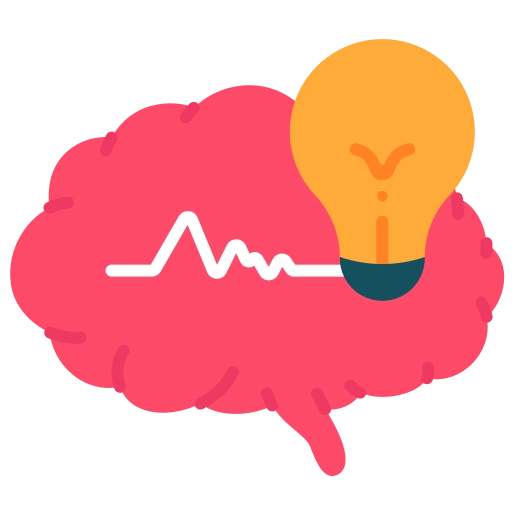Importance of Communication
Effective communication is a cornerstone of human interaction and an essential skill for individuals with Autism Spectrum Disorder (ASD). Communication challenges are common in autism, ranging from limited speech to complete non-verbal communication. These challenges can significantly impact an individual’s ability to express their needs, desires, and emotions, often leading to frustration and social isolation. Enhancing communication and language abilities is thus crucial for improving the overall quality of life for individuals with ASD.
Techniques Used by Therapists
Therapists employ a variety of techniques to enhance communication abilities in individuals with ASD. These techniques are tailored to meet the unique needs of each person and can include both direct and alternative methods of communication. It’s important to note that while some of these techniques are implemented by Board Certified Behavior Analysts (BCBAs) and Registered Behavior Technicians (RBTs), others are specifically performed by Speech-Language Pathologists (SLPs).

Augmentative and Alternative Communication (AAC)
Performed by: Speech-Language Pathologists (not typically by BCBAs or RBTs)
Description: AAC includes tools and strategies used to support non-verbal individuals or those with limited speech. These tools can range from low-tech options like picture exchange systems and communication boards to high-tech devices like speech-generating devices. AAC provides alternative ways for individuals to communicate effectively, thereby enhancing their ability to express themselves and interact with others.

Speech Therapy
Performed by: Speech-Language Pathologists (not typically by BCBAs or RBTs)
Description: Speech therapy focuses on improving verbal communication through targeted exercises. These exercises aim to enhance articulation, build vocabulary, and improve sentence structure. Techniques such as modeling correct speech, prompting responses, and providing reinforcement are commonly used. Speech therapy helps individuals with ASD develop clearer and more effective verbal communication skills.
Speech Therapy
Performed by: Speech-Language Pathologists (not typically by BCBAs or RBTs)
Description: Speech therapy focuses on improving verbal communication through targeted exercises. These exercises aim to enhance articulation, build vocabulary, and improve sentence structure. Techniques such as modeling correct speech, prompting responses, and providing reinforcement are commonly used. Speech therapy helps individuals with ASD develop clearer and more effective verbal communication skills.


Social Stories
Performed by: BCBAs and RBTs can also use this technique
Description: Social stories are short, descriptive narratives that explain social situations and appropriate responses. These stories help individuals with ASD understand and navigate social interactions more effectively. By providing clear examples of expected behaviors in various scenarios, social stories can reduce anxiety and improve social communication skills.
Start Your Child’s ABA Therapy Journey Today
Our compassionate, collaborative ABA therapy empowers children and families to thrive. Together, we nurture connections, fuel progress, and embrace a brighter future through evidence-based care.
Outcomes
The primary goal of enhancing communication and language abilities in individuals with ASD is to enable them to interact more freely with others, express themselves clearly, and reduce frustration stemming from communication barriers. Improved communication skills lead to several significant outcomes:
- Increased Independence: With better communication abilities, individuals can express their needs and preferences more effectively, leading to greater autonomy in daily life.
- Enhanced Social Interactions: Improved communication skills enable individuals to engage more successfully in social situations, fostering better relationships with peers, family members, and caregivers.
- Reduced Frustration and Behavioral Issues: When individuals can communicate their needs and emotions effectively, they experience less frustration, which can lead to a reduction in challenging behaviors.
- Improved Quality of Life: Overall, enhanced communication and language abilities contribute to a higher quality of life. Individuals with ASD can participate more fully in educational, social, and community activities, leading to greater satisfaction and well-being.
Conclusion
Improving communication and language abilities is a critical aspect of therapy for individuals with ASD. Techniques such as Augmentative and Alternative Communication (AAC), speech therapy, and social stories are essential tools used by therapists to address communication challenges. These interventions, tailored to the unique needs of each individual, play a vital role in enhancing their ability to express themselves, interact with others, and lead more independent and fulfilling lives. By focusing on communication, therapists help unlock the potential for greater autonomy and a better quality of life for individuals with autism.

